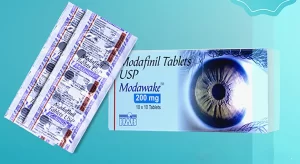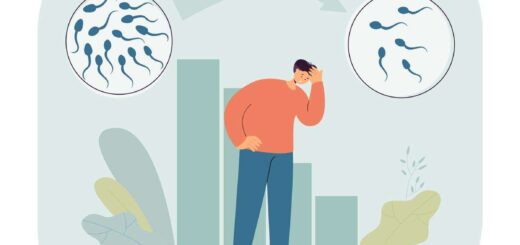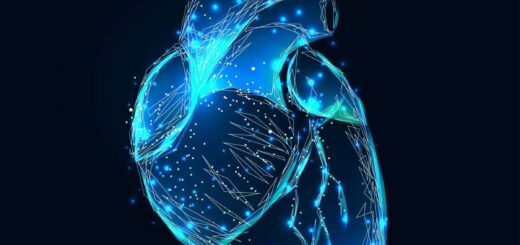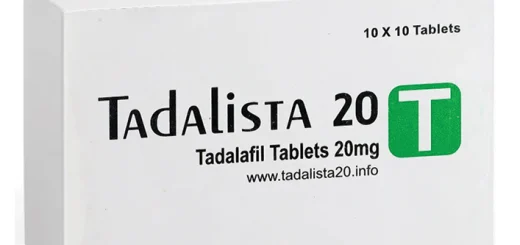Persistent Depressive Disorder ICD-10

Persistent depressive disorder is a longer-lasting form of depression than acute major depressive disorder. You may experience sadness, lose interest in normal activities, and have difficulty completing duties. In addition, you may experience reduced self-esteem, a sense of failure, and hopelessness. These sentiments might continue for years and can disrupt your relationships, schoolwork, and daily activities.
Persistent depressive disorder ICD 10 is the International Classification of Diseases (ICD) 10th revision. It also goes by the name dysthymia. Dysthymia is recognized as a mood affective disorder in the ICD 10 and is assigned the code F34.1. If you suffer from persistent depression, you may find it difficult to remain cheerful, even on happy occasions. You could be regarded as having a gloomy demeanor, being unable to enjoy yourself, or always whining. Even though persistent depressive disorder is not as bad as major depression, your mood may be low, moderate, or very bad.
Depression is a difficult condition to manage because of its chronic nature. This disorder is treatable with a mixture of talk therapy and medication. Medication for Depressive Disorder, ICD-10: Common Antidepressants
What is a persistent depressive disorder?
Persistent depressive disorder is a lesser kind of depression than severe depression, although it is more chronic. It affects women twice as commonly as men. It is a serious, crippling disorder that has many of the same signs as other long-term forms of depression. It is frequently viewed as a milder but more persistent form of severe depression. PDD is defined by persistent depressive symptoms lasting at least two years. An impatient rather than sad disposition is possible in both young and old people. PDD may arise by itself or in tandem with another mood disorder. For example, those with PDD will have at least one major depression episode. This is known as twofold depression. People with PDD are more likely to develop anxiety and substance use disorders than people with severe depressive illnesses.
So, if you suffer from PDD symptoms or other mental health difficulties, you must get a diagnosis and treatment from a trained healthcare practitioner.
Symptoms of persistent depressive disorder:
Symptoms of chronic depressive disorder arise and fade over time. The severity of symptoms can vary over time, but they rarely go away for more than two months at a time. Major depressive episodes may also occur before or during a chronic depressive disease.
- A sense of emptiness or despair
- Loss of interest in routine activities
- Tiredness and lack of energy
- Short tempered impatient or angry
- Trouble focusing clearly and making decisions
- Worry or guilt
- difficulty concentrating, and difficulty making judgments
- Ignorance of social activities
- Sleep problems
- Hopelessness
- Suicidal thoughts
There are many misunderstandings that persistent depressive disorder is a less severe illness than major depressive disorder; yet, research suggests that the impairment of illness, ability to work efficiently, and ability to enjoy hobbies may be just as severe in PDD as in MDD. Seek medical or mental health attention immediately if you exhibit symptoms of PDD.
Criteria for persistent depressive disorder:
A chronic depressive disorder, commonly known as dysthymia, is defined as depression that lasts at least two years. According to the Fifth Edition of the Diagnostic and Statistical Manual of Mental Disorders, the following are some of the symptoms of persistent depressive disorder.
- Depressed mood:
The person’s mood is continuously low or sad for most of the day, almost every day. It’s not just the person experiencing depression who can notice it; friends, family, and medical professionals can too.
- Duration:
The symptoms persist for at least two years in adults.
- Additional symptoms:
While experiencing persistent depressive mood, an individual may also have two or more of the following additional symptoms:
- Lack of or excessive hunger
- Insomnia
- drowsiness Lack of strength or stamina
- Over the course of the two years, the individual has never gone more than two months without experiencing symptoms.
- These symptoms significantly reduce your quality of life or prevent you from doing your job or other daily activities.
Differentiating persistent depressive disorder from major depressive disorder:
- PDD is a form of depression, it may be less severe than significant, but the name indicates it lasts longer.
- The difference between persistent depressive disorder and major depressive disorder can be found in how they are diagnosed, duration, and severity of symptoms.
- The symptoms of PDD are comparable to those of major depression; in this case, the duration of symptoms is more important than the strength of symptoms; in major depression, the mood may be slow.
- Symptoms can progress to full-blown episodes of major depression, and those with a chronic depressive disorder are more likely to acquire significant depression.
- Major depression appears in bouts, whereas chronic depressive disorder is more persistent and lasts for years.
- Like major depression, persistent depressive illness runs in families. It is more common in women than men, although it may be underdiagnosed in men since men are less likely to discuss their moods with doctors.
- For a person to be diagnosed with major depressive disorder, they must have symptoms almost every day or within two weeks. On the other hand, a person is said to have a chronic diagnosis if they have had symptoms for at least two years.
- Compared to persistent depressive disorder, dysthymia is a weaker form of major depressive disorder (MDD). Major depressive disorder, on the other hand, is a much worse form of sadness in which the person can’t get out of bed, take care of basic hygiene, or eat enough.
- This means that people with major depression may feel fine for long periods between cases of depression, while people with chronic depressive disorder may always feel sad.
 FAQS:
FAQS:
Is persistent depressive disorder (ICD 10) treatable?
Yes, PDD is treatable with the right combination of therapies; individuals can experience significant improvement in their symptoms and quality of life.
Can children and adolescents be diagnosed with persistent depressive disorder ICD 10?
Yes, children and adults can be diagnosed with persistent depressive disorder if they meet the diagnostic criteria outlined in ICD 10.
Can persistent depression coexist with other mental health conditions?
Yes, PDD can coexist with other mental health conditions like anxiety disorders, substance use disorders, or personality disorders.
Can PDD recur after successful treatment?
Yes, even after successful therapy, PDD can recur. It is critical to continue to monitor one’s mental health and to get help as soon as symptoms recur or worsen.
Conclusion:
Depression is a broad diagnosis. It’s a catch-all term for when someone’s mood is consistently down, they’re constantly exhausted, they’ve lost interest in the things they used to enjoy, and they have trouble finding pleasure in anything. Major depressive disorder and persistent depressive disorder are the most common forms of depression, though there are many subtypes. Compared to PDD, MDD is typically a milder form of depression that persists for extended periods.
Help from a mental health expert is strongly recommended for anyone who suspects they may be experiencing depression. No one should be forced to endure isolation. You can take the first steps toward a happier, healthier you by becoming familiar with your depression’s symptoms and the various forms it might take.








